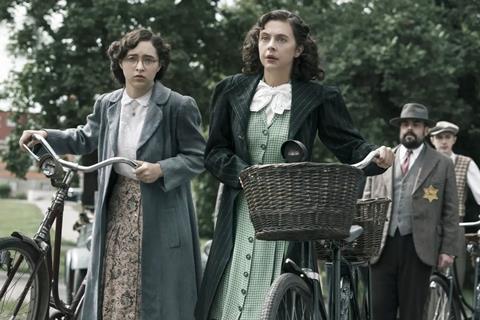
Anne Frank’s remarkable life story has been taken from diary to drama on stage and screen in many different forms ranging from feature film to TV to docuseries, plays and even animation. Most recently, perhaps the most famous voice that emerged from the horrors of the Holocaust in Europe has taken a supporting role to another unlikely heroine in Nation Geographic and Disney+ series A Small Light.
The eight-part limited series shifts the spotlight to 25 year-old Miep Gies, Otto Frank’s strong-willed secretary who ended up hiding the Frank family and later would find and preserve Anne’s diary.
The fictional account based on true events stars Bel Powley as Gies alongside Live Schreiber as Otto Frank, Joe Cole as Gies’ husband Jan and Amira Casar as Edith Frank and follows Gies from her early days as a carefree young woman barely able to hold down a job to her resolute decision and unwavering fight to help save the Franks and other Jewish refugees go into hiding during the German invasion of the Netherlands during World War II.
The show’s title is taken from Gies who said: “Even a regular secretary, a housewife or a teenager can turn on a small light in a dark room.” Shot on location in Amsterdam and Prague, A Small Light is produced by ABC Signature and Keshet Studios and saw a multinetwork launch (NatGeo, Nat Geo WILD, Lifetime, Disney+, Hulu) in early May and will run through the month.
Executive producers and writers Joan Rater and Tony Phelan (Grey’s Anatomy, Fire Country) serve as showrunners and Susanna Fogel (Cat Person, The Flight Attendant) is also on board as executive producer and directed multiple episodes.
Phelan and Fogel sat down at May’s Canneseries to talk about their flawed yet relatable heroine, bringing a new twist to a familiar story and blending levity with tragedy.
Screen: Was a story about this particular period in history a tough sell to get networks on board?
Tony: We expected it to be a much tougher sell than it was. I think that people may say that there is a reluctance to do historical drama, but I think that the fact that we wanted to tell it in a different way, to rip the cobwebs off of it and have Miep be the funny, engaging, fully rounded person that she was, that made it a pretty easy sell. NatGeo and Disney+ got it immediately and said ‘this is something we want to be a part of.’
Screen: What sets it apart from other “WWII shows” is that there is a lightness in the tone juxtaposed with the fact that we know what happened in history. Was the contrast intentional?
Tony: It was intentional. We all just lived through Covid. One of the ways that I dealt with covid and that my friends dealt with covid was through humour. I don’t think that’s a new modern thing. I think people have always done that. I think it is our misunderstanding of history that allows us to make it stately.
Susanna: When people talk about this period, they’re talking about the totality of what happened and the end of the story which is tragic. So when they tell stories about the beginning of the story, they’re playing with those stakes and that tragedy, but the truth is that even when you look at something like covid or an election, until it’s too late, it’s like a frog in boiling water. We ask ‘Is it bad ? How bad it is?’ and we joke about it at dinner parties. In the same way on the show – they are joking and laughing. It’s funny until it’s not funny. And also humour is a defense mechanism and nothing can be more Jewish (and I say that as a Jewish woman.)
Screen: The dialogue also feels modern. How did you balance taking liberties with the speech of the time and making it still feel authentic?
Susanna: There are certain modernisms that can be invisible and then there are other things that can feel too modern. You can have a character say ‘Oh my God’ and it doesn’t feel like it pulls you out, but you can’t have someone say “Yeah bro.” There are things that don’t fit.
Tony: There needed to be a messiness about the show. Everybody’s not perfectly decked out at all, because we’re in the middle of their lives, we’re not in a curated moment of their lives. That allows the audiences to identify with them. They all honestly believed that the Allies were around the corner.
And then the real tragedy of the show is that – and this happened in real life – they were so close to actually surviving. They were on the last train to Auschwitz. If they had survived even weeks longer, they would have survived. But they never knew that even if we do. It was incumbent upon everyone in the cast to not play the end.
Screen: The series is set in Amsterdam and has a very European feel to it, but what was your writers room like? Was it US-style.
Tony: It was an American-style writers room. It was Joan and me, with Ben Esler, Alyssa Jacobson and William Harper. It was a very small writers room. There are only eight episodes and Joan and I wrote three of them. We brought our own research to it, but also brought our own life experience and I think that is what you get out of writers rooms is different perspectives. As a showrunner you have a group of writers’ lives and you strip mine it and throw it into the show.
Screen: What did your research entail?
Tony: Joan and I researched for about five years before we came up with the pitch, then we brought it to Susanna. We refined the pitch together, Susanna added amazing visual elements in terms of color and light and references, the visual way we were going to tell the story.
Screen: So much of the show is historically accurate with an incredible attention to detail, but what parts of the story did you invent for the series?
Tony: There are characters that we created to tell the story. Miep’s friend Tess (Eleonor Tomlinson) is a creation because we wanted to show a woman with whom Miep is inseparable at the beginning of the story, but they make different choices as the war goes on and you see the consequences for Miep and the consequences for Tess.
Tony: The other character who is fictionalized is her brother.
Susanna: It was our way of exploring the underground gay scene in Amsterdam at the time The bar that we recreated was the first gay bar in Europe. It was a hotbed of resistance action so we put that in the show. It’s still there. Now in between a Zara and a Subway, but it’s still there.
Screen: These characters are so relatable and really force us to ask ourselves what we would have done in that situation.
Susanna: People still ask the ‘why didn’t they just leave’ question. We could look back in 10 years and say why didn’t we leave the US now? You don’t know how bad it is going to get until you know the end of the story.
Screen: You shot on location outside of the actual Frank apartment – what was that experience like?
Tony: That was really telling. We just took a moment of silence before we started working there to say we’re telling the story of these people, so let’s take a moment to honour their memory and hope that we do right by them.
Susanna: There were children playing in the park when we were scouting and we thought – ‘that could have been Anne.’ Some of the same trees were probably there.
Tony: The advantage of Amsterdam is that it wasn’t bombed during the war, so much of it is the same. We were only able to shoot in Amsterdam for two weeks but we were able to use different locations in Prague to recreate the same feel.
Screen: How would you describe the series?
Susanna: Tony always talks about how it’s a coming-of-age story on the other side of the bookcase. We know the teen coming-of-age story of Anne Frank. But the coming of age story of a woman having a quarter life crisis in Amsterdam with a new marriage and the only job she could get because she was a party girl, the story of that woman becoming an unlikely hero is what the show is. A woman having a quarter-life crisis – that is what the show is about.





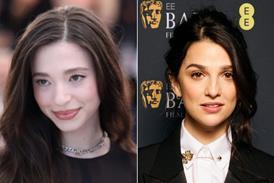

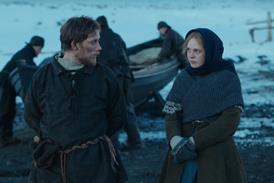
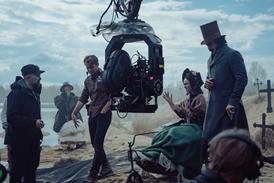

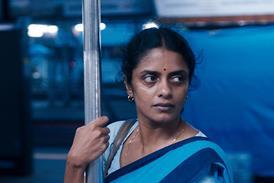

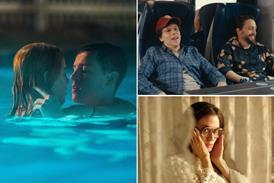
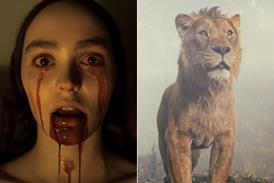










No comments yet